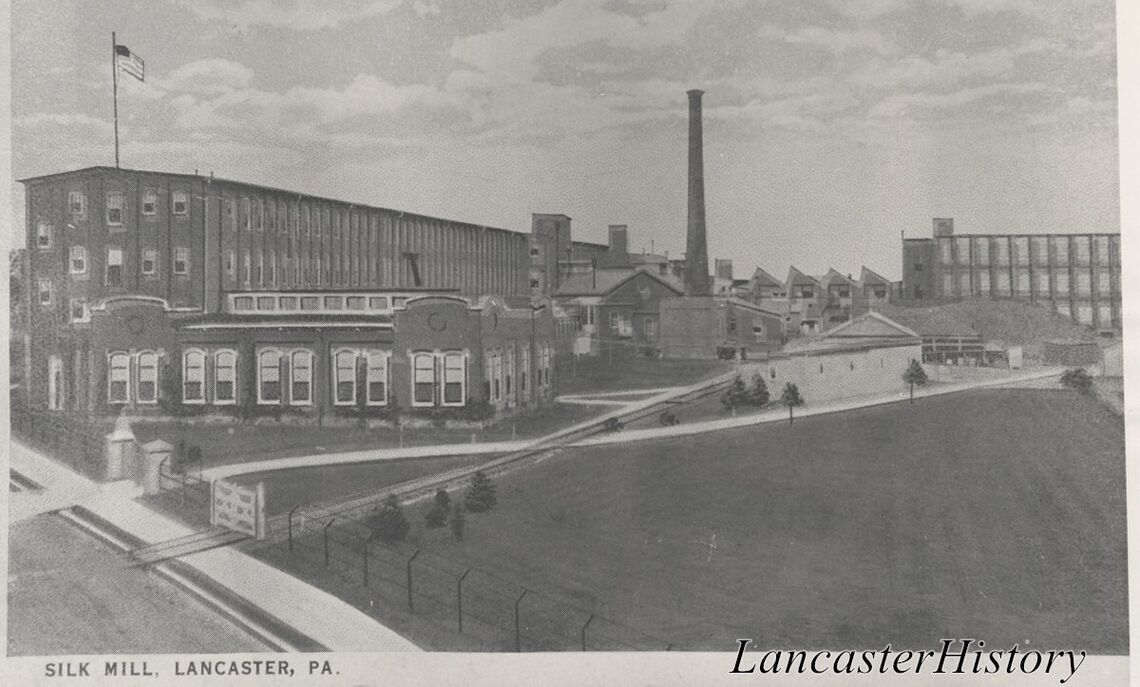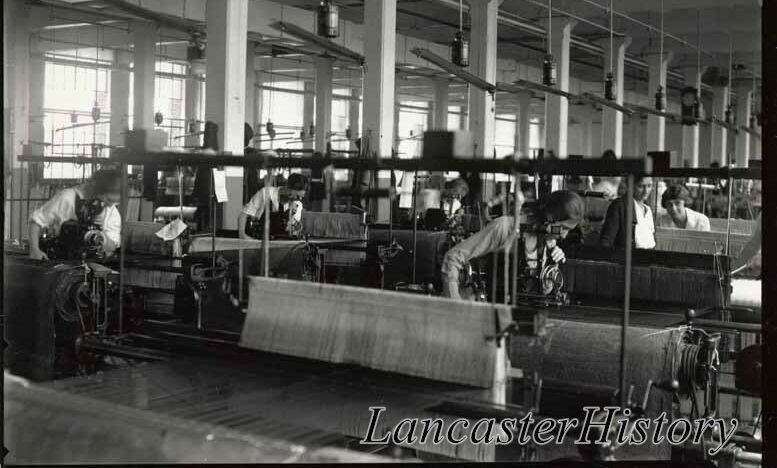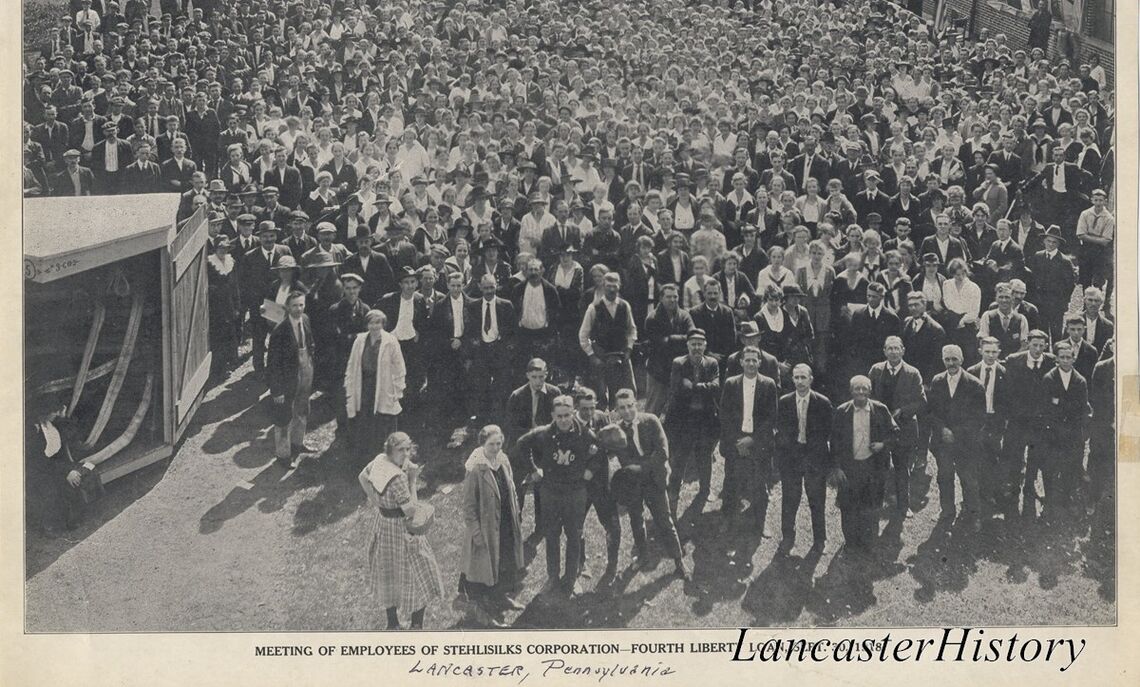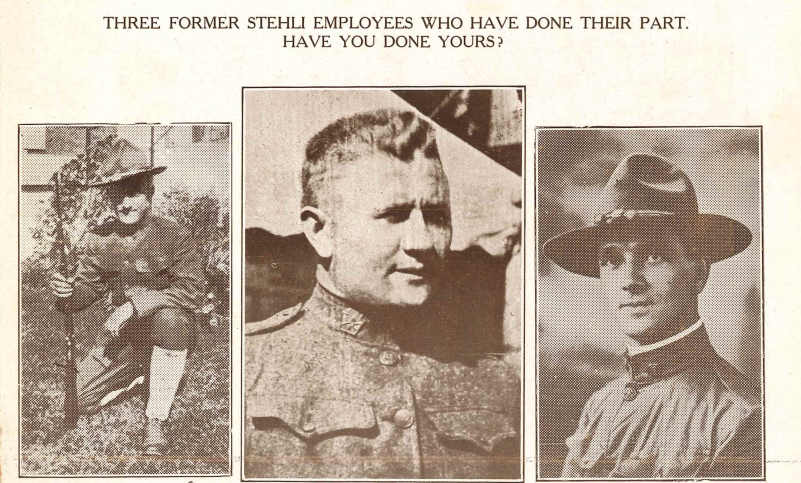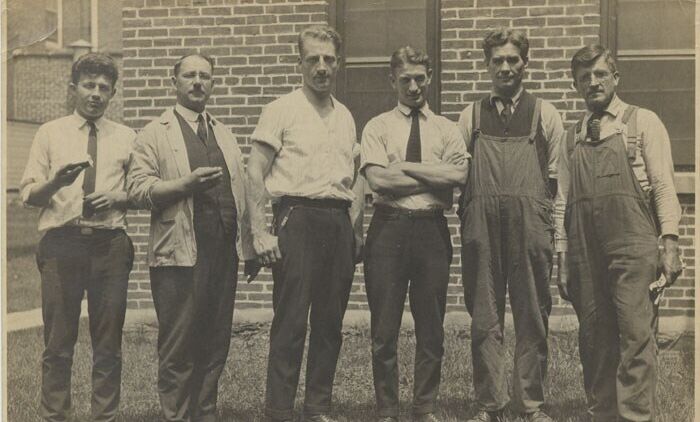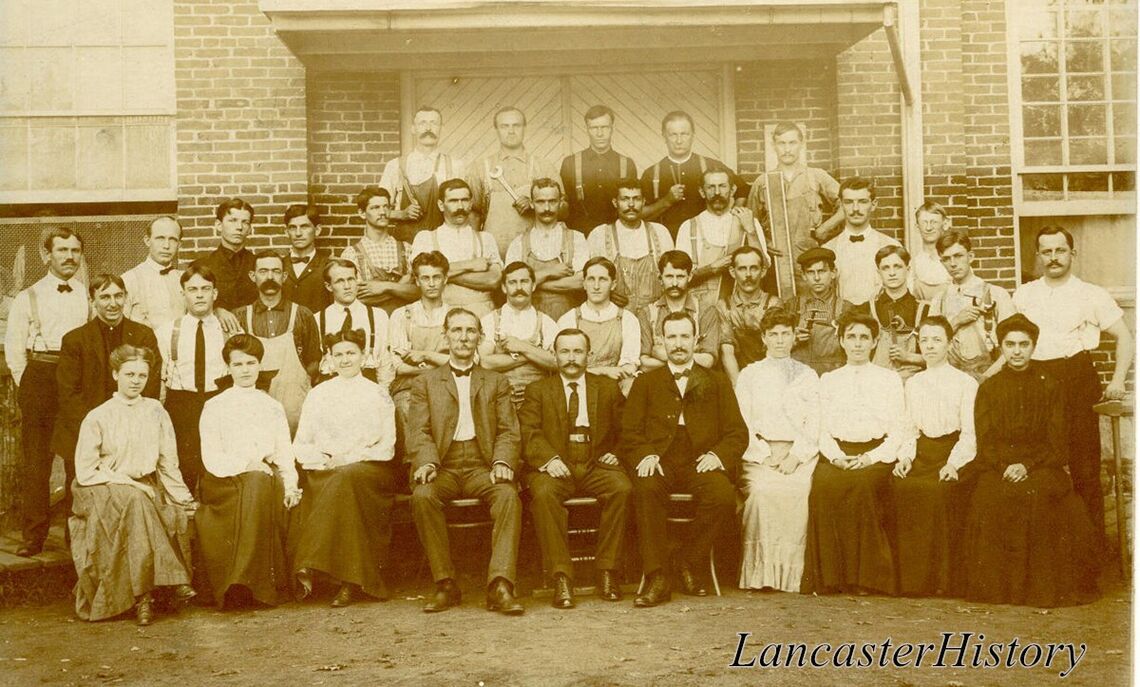F&M Stories
F&M Student Lands on Lancaster's World War I History
During World War I, parachutes were used to drop flares that illuminated trenches and nighttime vehicle movement on the warfront. The silk for those parachutes came from one of the largest silk mills in the United States, located less than two miles from Franklin & Marshall College: the Stehli Silk Mill in Lancaster.
As part of a Hackman summer scholar research project, rising sophomore Jake Miller and Professor of History and American Studies Louise Stevenson are spending this summer digging deeper into the Stehli Silk Mill to discover more about its involvement in the war.
"We're honing in on what the mill was doing by looking at a newsletter the mill produced called 'Our Patriot's Herald,'" Miller said.
Two of these newsletters, dated September 1918 and October/November 1918, are on display at LancasterHistory, Lancaster's historical society. Miller said he is spending the summer examining these newsletters for significance before creating a presentation of his discoveries.
Miller described "Our Patriot's Herald" as patriotic and pro-American, but also biased in its attempts to drum up support for the war.
"One of the things I'm focusing on is how gung-ho they were for the war and how patriotic they were, and how much they wanted their workers to be for the war and be very American," he said.
Miller found few negative comments in "Our Patriot's Herald" regarding World War I. Even mentions of soldier injuries and deaths were included within a victorious context, discussing how these soldiers fought to help America. He said "misplaced" humor in the publication was used to increase excitement and support for a brutal war in which men were maimed and killed with poisonous chemicals.
"The name of the comedy section is 'Trench Gas,' which was like, 'Oh, wow, why would you name the comedy section something that is so serious?' They're kind of putting a really positive spin on things," he said.
"Our Patriot's Herald" became an important addition to an ample archive of F&M's and Lancaster's involvement in World War I. Stevenson works with students each summer to document how F&M and Lancaster joined the war effort—a project that has lasted for more than a decade. Endeavors have included transcribing posters and diaries of those on the frontlines, and researching an ambulance corps that was organized by alumnus Charles Stahr in May 1917.
For students, the research experience is invaluable and enriches what they've already learned in the classroom.
"Instead of teaching about something that's abstract, they can actually see it happening here on campus or in Lancaster," Stevenson said.
Enhancing the context of what he learned in Stevenson's U.S. and World 1914-1919 course was something particularly enjoyable about this research experience, Miller said.
"It's really cool to take the city I'm in for college and take a look back more than 100 years ago and look at what was going on and what was happening in the mill in Lancaster, Pa., and how that was relating to the war," he said.
Related Articles
December 8, 2025
A Diplomat’s Deep Dive into Marine Biology
Learning by doing is part of our DNA as Diplomats. Jaeyun An ’26 dove headfirst into this philosophy, spending a semester in the turquoise waters of Turks and Caicos researching the island’s diverse marine life. “This experience gave me the confirmation that this was what I wanted to do for the rest of my life,” he said.
November 21, 2025
What is Extended Reality–and Why are F&M Students Researching It?
Learning by doing is in our DNA as Diplomats. For Sujal Shah ’27 and Kha Nguyen ’28, this meant collaborating with their computer science professor to research how extended reality can be used for safer, more effective employee training.
November 13, 2025
Trailblazing Research Examines Cigarette Label Alternatives
Three F&M students helped conduct a groundbreaking pilot study in Lancaster this summer, assisting Professor Hollie Tripp with tobacco regulatory research. It's the first F&M instance of biospecimen collection from non-campus participants.

